- Announcements
- 09.13.2017
Years ago, In the aftermath of Katrina, I wrote a series of articles for SearchDataCenter that discussed the rebuilding following a hurricane and some hidden things to consider. In light of the recent hurricanes, I think it wise to discuss what happens after flood waters recede with respect to critical infrastructure and services within buildings and data centers. The questions seem to flow in the scurry to clean up after these storms: Is the cable plant safe and ok to reuse? How do I know when or if I will have problems? If it works day one, will it work day two? Does it all need to be replaced?
To start, it is important to note what is in the flood waters. In a hurricane, seawater is thrown around mixed with rain, and every imaginable substance within reach of the wake and path of the storm. This includes things like chemicals from autos, pesticides, saline (from the sea water), mercury from thermostats, mercury vapor from fluorescent bulbs, and a whole litany of things that are not healthy for consumption by themselves, much less in shaken and stirred cocktail form.
Without a doubt cleaning up just the water and all it carried is a daunting task. But there are parts of your infrastructure that are not particularly cleanable. This includes interfaces and outlets for power and communications. Cabling jackets are rated based on fire codes, not disaster codes. After a major event like a hurricane, there is a drive to get things back up and running. Business continuity and disaster recovery plans are put to the test. Contractors and trades are spread very thin. Sometimes, corners are cut.
In a full rip out and replace of wall coverings, it is important not to ignore cable plants for both power and data. This includes copper and fiber. The light is contained in the glass of a fiber cable due to cladding and jacketing. Should fiber jackets degrade due to exposure, then the effects will be detrimental to reliable transmissions. Fibers encased in a sealed conduit may be all right, but it would be necessary to determine if the conduits flooded. As fiber tends to be the longest runs within a building and generally terminates to a collapsed point on a lower floor, it is prudent to thoroughly inspect the fiber pathways to find out how much of it has been doused or flooded. The exposed cables should be replaced to guard against degradation.
Similarly, multi-pair copper backbone cabling for voice will be susceptible to the same damage as the backbone fiber. Fortunately for the horizontal copper runs to work areas, the copper is generally serviced by distribution areas on that floor. If the upper floors of the building are intact and haven’t suffered flood damage, not all the building copper is likely to need replacing. Lower floors are a different story. Like fiber, cable jackets can degrade on the copper which will impact the dielectric properties of the cable, or worse, can degrade to the point of causing a short or corrosion. So what seems “fine” day one, may, in fact, not be fine at all on day two or twelve. Transmissions may intermittently be disrupted up and until the point of a total fault.
The hard part about troubleshooting problems like those listed above is that faults and retransmissions may be intermittent and tracing the errant cable is not easy when the cable is later covered with sheetrock and other cables. Warranties on the cable plant will be void if the cables have been covered with water of any kind. Connectors are easier to troubleshoot as they are visible.
It is generally a good idea to replace any cable that falls in the flooded area of a building or traverses from the flooded area to clean areas of the building. While there is a spend up front, it is far easier to replace it while the walls are open than one at a time here and there as circuits fail. New warranties would then apply. And, of course, insurance would not cover the cables later when the claims are settled.
It may be necessary to rig temporary security cameras and asset protection devices during reconstruction. Products exist to help with securing your facility, materials and building during reconstruction.
For those impacted by the storms, our hearts go out to you. We are available to answer any questions and vow our support. Please don’t hesitate to reach out. We have a range of specifications you can use in RFP/RFQ documents and other tools to help. If you would like to read the full 5-part series on SearchDataCenter, it can be found here. Most of all, in your efforts, we wish you well. Be safe.

